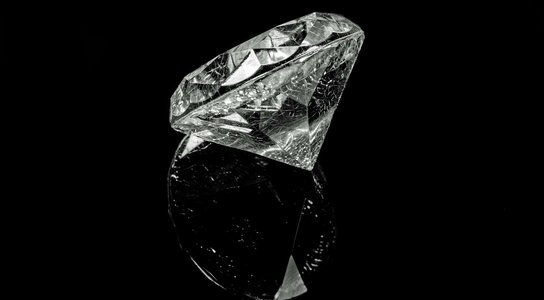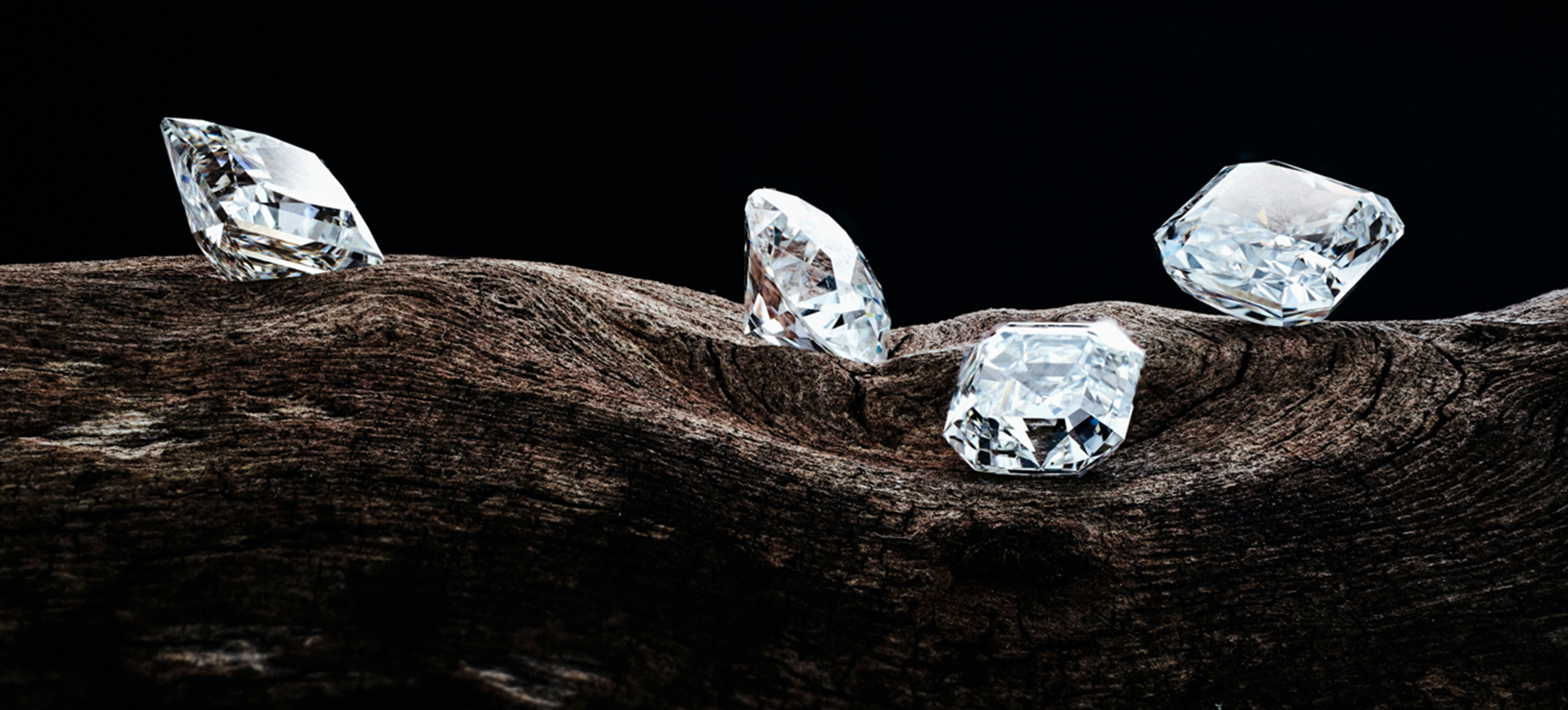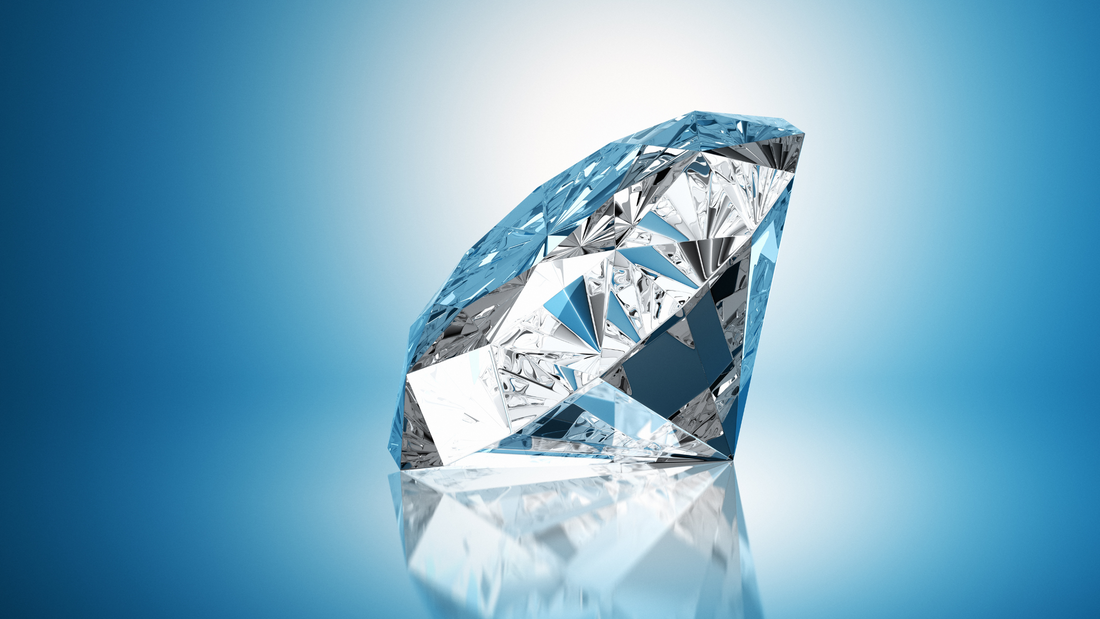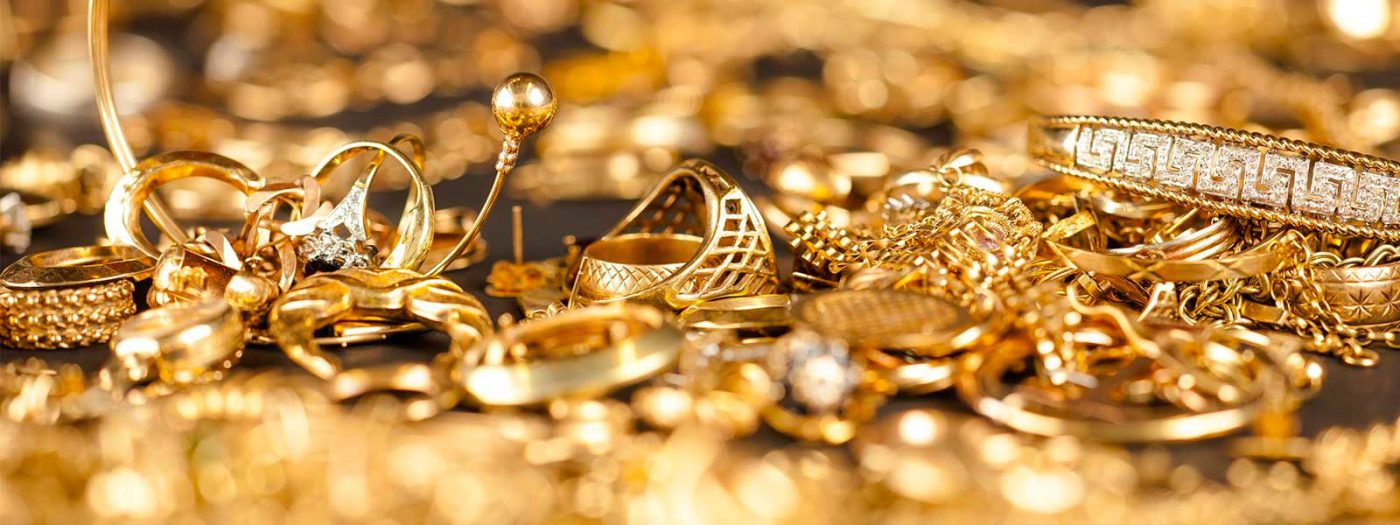
Lab-grown diamonds have revolutionized the jewelry industry, offering consumers a sustainable, ethical, and affordable alternative to mined diamonds. One critical element that sets the stage for the beauty and durability of claws for lab grown diamond rings is the claw setting. Understanding the nuances of claw settings for man-made diamonds is essential for anyone seeking to purchase or design a piece that stands the test of time. In this guide, we explore the intricacies of claw settings, ensuring your lab-grown diamond ring shines with brilliance and elegance.
The Importance of Claw Settings in Lab-Grown Diamond Rings
The claw setting, also referred to as a prong setting, plays a pivotal role in both the aesthetics and security of the diamond. The claws—typically small metal extensions—grip the diamond securely while allowing light to pass through the gemstone, enhancing its brilliance. For lab-grown diamonds, which are often selected for their precision and clarity, an optimal claw setting can make all the difference in showcasing their beauty.
Types of Claw Settings for Lab-Grown Diamonds
When choosing a setting for your man-made diamond, it’s essential to consider the type of claw that will best suit the design and functionality of your ring. Here are the most common types of claw settings:
1. The Classic Four-Claw Setting
A popular and timeless choice, the four-claw setting provides an ideal balance between security and exposure. The diamond is held firmly in place by four claws, yet enough of the gemstone remains visible to capture maximum light. This setting is particularly favored for solitaire lab-grown diamond rings, where the diamond is the star of the show.
2. The Six-Claw Setting
For those seeking added security without compromising on style, the six-claw setting is a perfect option. This setting involves two additional claws compared to the four-claw design, offering extra protection against knocks or accidental damage. The increased number of claws makes this setting ideal for larger lab-grown diamonds or those that will be worn daily, such as engagement rings.
3. The V-Claw Setting
Especially effective for pear-shaped and marquise-cut diamonds, the V-claw setting provides extra protection at the tips of these uniquely shaped diamonds. The “V” shape surrounds and shields the vulnerable points of the diamond, reducing the risk of chipping.
4. The Double-Claw Setting
For added luxury and a distinct aesthetic, the double-claw setting features two claws side by side at each corner of the diamond. This setting is perfect for larger, more intricate lab-grown diamonds and gives the ring a sophisticated, vintage look. It is often used in combination with oval and cushion-cut diamonds to enhance their shape.
Selecting the Right Metal for Your Claws
When designing or selecting a lab-grown diamond ring, the metal used for the claws is just as important as the diamond itself. The claws not only secure the diamond but also complement its appearance. Here’s a breakdown of popular metals used for claws in lab-grown diamond rings:
1. Platinum
Platinum is highly durable, making it one of the best choices for claw settings. It resists wear and tear over time, ensuring that your lab-grown diamond remains secure. Its natural silvery-white hue complements the clarity and brilliance of lab-grown diamonds, particularly those with D-F color grades.
2. White Gold
A popular choice due to its affordability and modern appearance, white gold claws add a sleek, clean look to lab-grown diamond rings. White gold is often plated with rhodium, a metal that enhances its reflective properties and adds a brilliant white finish that complements the sparkle of the diamond.
3. Yellow Gold
For those who prefer a traditional look, yellow gold claws can add warmth and contrast to a lab-grown diamond ring. The rich color of yellow gold can make the diamond appear even more brilliant, particularly when paired with diamonds of lower color grades.
4. Rose Gold
Rose gold has become a trendy choice in recent years due to its romantic and vintage appeal. The blush tones of rose gold claws can give a subtle, understated contrast to the bright sparkle of a lab-grown diamond, creating a unique and personalized aesthetic.
How Claw Settings Enhance Different Diamond Cuts
Claw settings can enhance the brilliance, fire, and overall appearance of different diamond cuts. Understanding how the claws work with the shape of the diamond is essential in making the right choice for your ring.
1. Round Brilliant-Cut Diamonds
Round brilliant-cut diamonds are known for their incredible sparkle and are often the most popular choice for engagement rings. The four or six-claw setting works best for round diamonds as it allows for maximum light exposure, enhancing the diamond’s brilliance.
2. Princess-Cut Diamonds
For princess-cut lab-grown diamonds, the four-claw setting is ideal, but the claws need to be strategically placed at the corners to protect the sharp edges. A double-claw setting can provide extra security for these vulnerable points, ensuring the diamond remains intact over time.
3. Oval-Cut Diamonds
Oval-cut diamonds are known for their elongated shape and unique sparkle. A four or six-claw setting works well for this cut, but a double-claw setting at each end can help protect the tips of the oval shape and add to the overall symmetry.
4. Emerald-Cut Diamonds
The clean lines of an emerald-cut lab-grown diamond are enhanced by a claw setting that frames the rectangular shape without overwhelming it. A four-claw or even V-claw setting is perfect for showcasing the unique facets of an emerald cut.
Caring for Claw Settings in Lab-Grown Diamond Rings
While claw settings provide excellent security, they require regular maintenance to ensure they remain intact and continue to protect the diamond. Over time, the claws can become worn or loosened, especially if the ring is worn daily. To maintain the longevity of your lab-grown diamond ring, it’s important to follow these care tips:
1. Regular Inspections
Have your ring inspected by a jeweler every six months to ensure the claws are secure. Loose claws can lead to diamond loss, so addressing any issues early on is key.
2. Avoid Harsh Chemicals
Exposure to harsh chemicals, such as household cleaners, can weaken the metal of the claws over time. It’s best to remove your ring when cleaning or engaging in activities that may expose it to such substances.
3. Store Properly
When not wearing your man made diamonds ring, store it in a soft pouch or jewelry box to avoid accidental knocks or damage to the claws. Proper storage can prevent the claws from becoming bent or damaged.
Why Claw Settings Are Crucial for Lab-Grown Diamonds
Claw settings are more than just a functional element of a diamond ring; they are a critical aspect of its design, security, and overall aesthetic appeal. For lab-grown diamonds, which are celebrated for their ethical sourcing and exceptional clarity, a carefully chosen claw setting ensures the diamond’s brilliance is fully displayed while keeping it safe for everyday wear.








